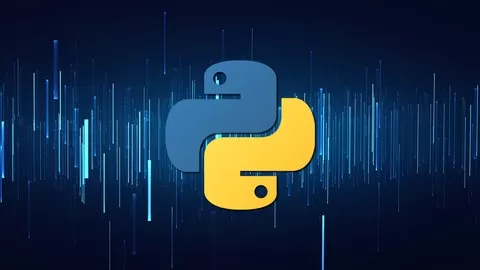In this course, you will become familiar with a variety of up-to-date financial analysis content, as well as algorithms techniques of machine learning in the Python environment, where you can perform highly specialized financial analysis. You will get acquainted with technical and fundamental analysis and you will use different tools for your analysis. You will get acquainted with technical and fundamental analysis and you will use different tools for your analysis. You will learn the Python environment completely. You will also learn deep learning algorithms and artificial neural networks that can greatly enhance your financial analysis skills and expertise.
This tutorial begins by exploring various ways of downloading financial data and preparing it for modeling. We check the basic statistical properties of asset prices and returns, and investigate the existence of so-called stylized facts. We then calculate popular indicators used in technical analysis (such as Bollinger Bands, Moving Average Convergence Divergence (MACD), and Relative Strength Index (RSI)) and backtest automatic trading strategies built on their basis.
The next section introduces time series analysis and explores popular models such as exponential smoothing, AutoRegressive Integrated Moving Average (ARIMA), and Generalized Autoregressive Conditional Heteroskedasticity (GARCH) (including multivariate specifications). We also introduce you to factor models, including the famous Capital Asset Pricing Model (CAPM) and the Fama-French three-factor model. We end this section by demonstrating different ways to optimize asset allocation, and we use Monte Carlo simulations for tasks such as calculating the price of American options or estimating the Value at Risk (VaR).
In the last part of the course, we carry out an entire data science project in the financial domain. We approach credit card fraud/default problems using advanced classifiers such as random forest, XGBoost, LightGBM, stacked models, and many more. We also tune the hyperparameters of the models (including Bayesian optimization) and handle class imbalance. We conclude the book by demonstrating how deep learning (using PyTorch) can solve numerous financial problems.
Learn to create Machine Learning Algorithms in Python and R from two Data Science experts. Code templates included.
4.6
★★★★★ 4.6/5
876,088 students






